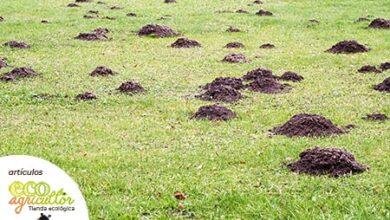Pests in orchids: how to fight them
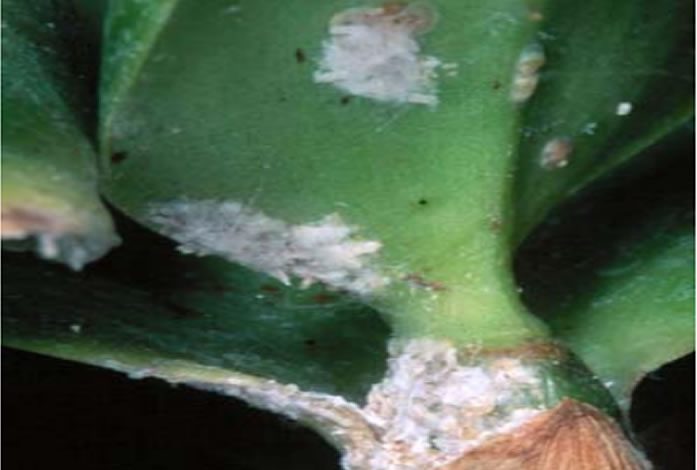
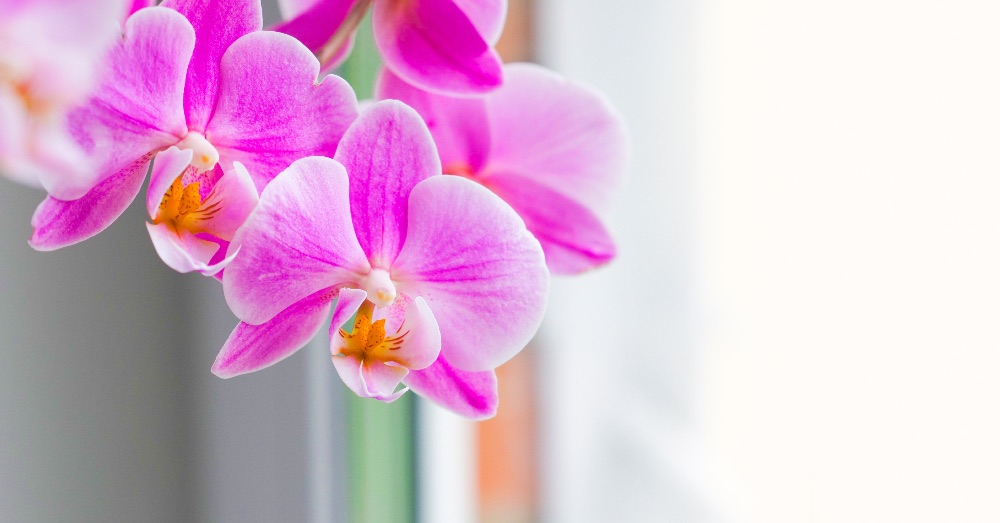
They are probably one of the plants that arouses the most passions. And there is no lack of reason for it: orchids are exotic, mysterious and highly decorative. However, there is one aspect that, if it occurs in our plants, can complicate their existence. We are referring to pests in orchids: some more than annoying visitors that should be known not only to avoid their appearance but also to know how to stop them.
In the same way that we take eliminating garden pests very seriously, we have to do the same with our orchids. It is a mistake to believe that because we grow them indoors they are exempt from these insects capable of compromising their well-being and life. Although it is true that outdoors the options of encountering pests are greater, indoor plants are not exempt from having to deal with more than one bug determined to kill them.
Therefore, there is nothing like knowing what the most common orchid pests are. A way of knowing how to identify their presence in time to be able to remove them as soon as possible from our plant.
PESTS IN ORCHIDS: WHICH ONES AFFECT THEM
As with other plants, when we detect pests in orchids, we must act sooner rather than later. Leaving it for later can be synonymous with complicating the health of the plant, but also with making the invasion much more difficult to stop. A maxim that is also true when it comes to orchid diseases. And it is that, despite the fact that we are talking about a very rustic plant despite appearances, it is true that its level of tolerance and recovery from this type of episode is not very good. A compelling reason to take action on the matter as soon as we detect that something is wrong.
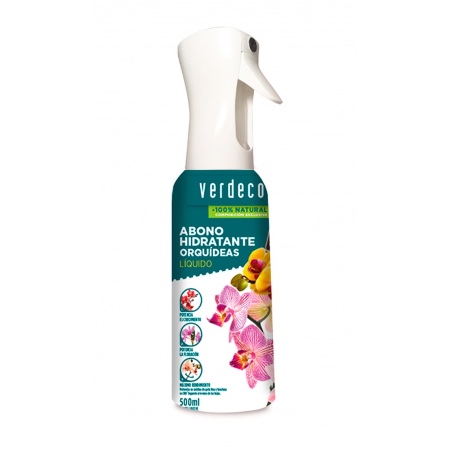
Added, it is important to remember something. When a plant is healthy, its ability to resist any pest is greater. However, when it has a lack of any kind, the appearance of any of these insects can be the coup de grâce. That is why it is not only important to know how to water orchids correctly, but we will also have to give them the light they need or know how and when to strengthen the orchids according to their species and vegetative cycle.
Let’s discover, then, which are those insects that can attack our plant. And, what is more important, how they behave once they are installed in it.
1. Mealybugs, one of the most common orchid pests
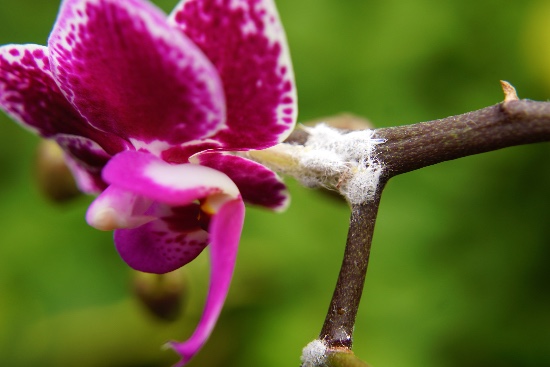
It is fear and terror! of orchid lovers. On the one hand, because it is one of the pests with the greatest colonization capacity. On the other, because its effect on our plant can be simply devastating. The cochineal is probably the most dangerous and common pest in orchids. And its appearance responds to a sum of elements: a warm environment lacking in humidity.
Due to their tiny size, it is common to take a little longer than necessary to locate these insects. They have a tiny, whitish body that hides their greatest weapon: their incredible ability to adhere to the plant and suck its sap. They can be located both on the underside of the leaves and on the roots. In the latter, the best clue to discover their presence is to see a white powder. An unequivocal signal that we must take action.
2. Aphids, a garden classic that also attacks orchids
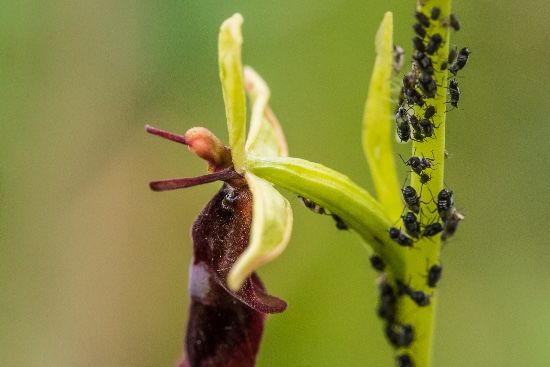
It is an old acquaintance of gardening lovers. He usually makes an appearance in spring and summer, coinciding with a rise in temperatures. It is not the only factor that promotes its appearance: an excess of fertilizer rich in nitrogen can also cause it to colonize our plant. Let’s not underestimate the power of these insects. They not only suck the sap from the plant: they can also be transmitters of viruses and draw the attention of other insects such as ants.
Its presence is easy to identify. These are small black or green insects that are located mainly on tender leaves, incipient buttons or flowers about to open. Another symptom of its presence is that flowers and leaves open with difficulty or are deformed. And, if the infection is widespread, the visible symptom will be the opportunistic fungi that appear in the molasses.
3. Red spider, another of the most dangerous orchid pests
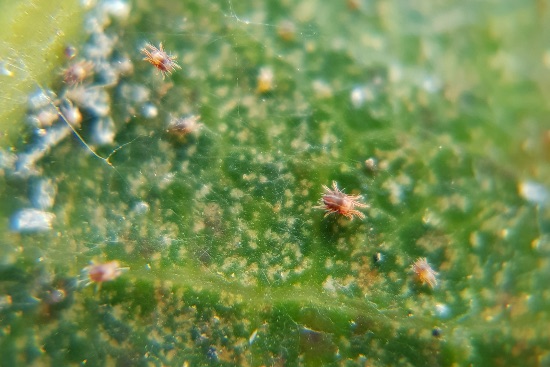
Don’t let its tiny size fool you! As with the cochineal, the red spider can be deadly for our orchid. Identifying them is complicated because they barely reach half a millimeter.
Sometimes, we become aware of their presence when they have already colonized the plant. How? On the one hand, because we will see its characteristic spider webs. On the other hand, its effect on our leaves makes them take on an unhealthy grayish color.
4. Ants, the silent enemy
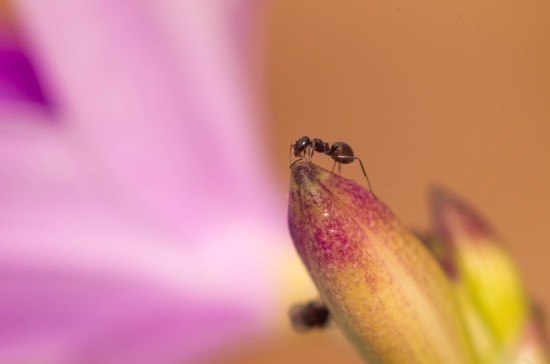
We tend to think that ants are inconvenient but not harmful, but when it comes to plants, that’s not exactly the case. They are not only a natural ally of the aphid. Added, they usually go to the slipstream to steal sugar. A coming and going through the plant that can cause them to become transmitters of aphid viruses.
5. Snails, the collateral damage of having our orchids outdoors
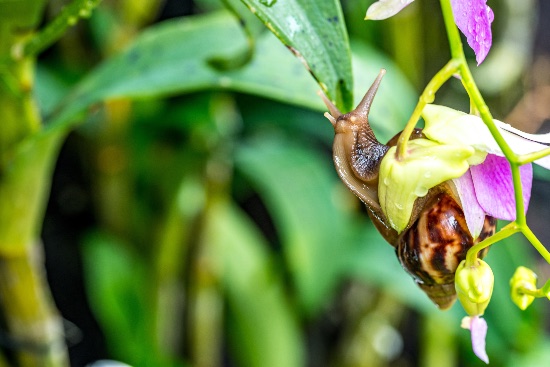
It is the last of the orchid pests that we must control if, in the months of good weather, we take our plants out of the house. Snails don’t just like leaves or flower buds: they can also find a real delicacy in healthy roots.
They are easy to identify by their morphology, although we should not trust: if we have our plants outside the house, it is worth checking the roots. It is likely that some of the small ones have become stowaways.
HOW TO ELIMINATE PESTS IN ORCHIDS
Now that we have put a face to our enemy, it is time to know how to stop the presence of pests in orchids. Something essential since, as we have seen, any of these attackers can seriously compromise the health of our plant. For this reason and beyond prevention, it is essential to check our plants thoroughly to detect them before it is too late.
So let’s see, step by step, what we must do to put an end to these unpleasant presences in our orchids.
1. Put our sick plant in quarantine
Very important. No matter how much we have found the perfect place for it or that we have to scratch our heads a bit to see where to place it, it is essential to isolate the plant from the others. Perhaps, momentarily, it is not in the place that you like the most, but it is the price to pay to correct the presence of any of these insects.
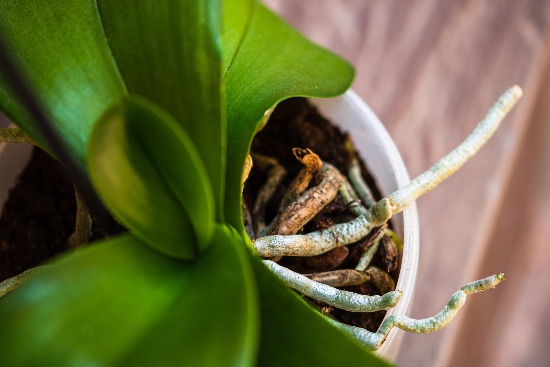
The reproductive capacity and mobility of these pests, including the snail, is high. So punishing our plant in solitude is key to being able to control the infection.
2. Correct cultivation errors that may have led to the appearance of the pest
As we have seen, many of these insects make an appearance due to deficiencies in the care of our plants. It is clear that, once they have been installed, we cannot try to combat them by taking better and better care of our orchid. However, there is something we can do: as we saw, a good part of the sage suckers occur in dry environmental conditions.
Thus, and even if it is only to disturb their progress, it does not hurt to moisten the environment. They will not disappear, but the new conditions will not please them.
3. Choose the most suitable treatment for each type of insect
Fundamental. In the case of insects, treating our plant with a specific insecticide will allow us to eradicate their presence in it. In this aspect, it is essential to opt for a special one for orchids since it will have the necessary components to end the plague without damaging our plant.
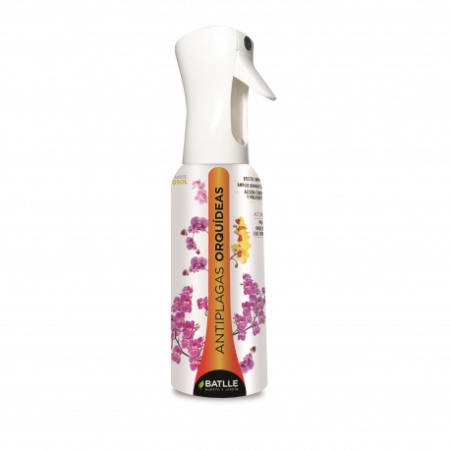
If our problem is ants or snails, the treatment must be specific. For the former, the ideal is to use ant bait. Not only is it extremely effective, but since it is placed in the surroundings of our plant, it will not pose any added risk. The same happens with snails, for which we will have to use an anti-slug product. Since this bait will have to be placed on the roots, the ideal is to opt for an ecological one and remove any rest once the snails have disappeared.
4. Manually remove pests on orchids before applying the insecticide
Again, we focus on the insects that attack the orchid since they are the most difficult to eradicate. And it is that, although we trust the insecticide that we have chosen, it does not hurt to help it with our hands to act in a more efficient way.
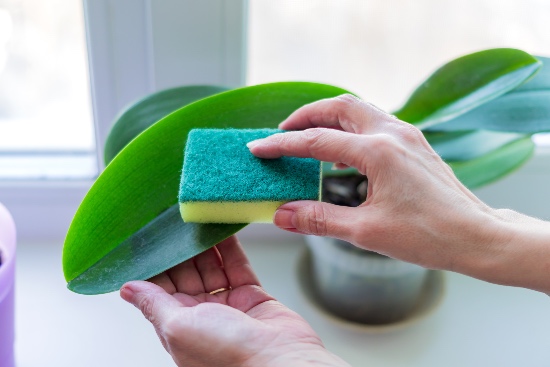
Using a cloth or a sponge, which we can soak in insecticide or simply in water, we will clean the leaves to try to remove as many insects as possible. It is important to carry out this task in a room where there are no other plants, since some of them, such as mealybugs or aphids, have wings and can move to other plants.
And the last piece of advice we can give you is to be persistent. Eliminating pests in orchids is a long-distance race, and only by dedicating time and perseverance will we be able to make them disappear.
Being able to enjoy our orchid is well worth the task!

![Photo of Plant Orchids in Your Garden: [8 Steps + Images]](https://www.complete-gardening.com/wp-content/uploads/2022/08/plant-orchids-in-your-garden-8-steps-images-390x220.jpg)
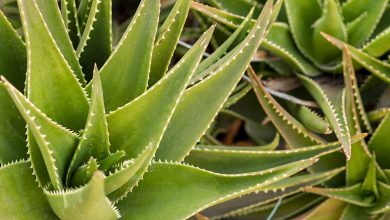
![Photo of How to Plant Pistachios Step by Step: [Guide + Images]](https://www.complete-gardening.com/wp-content/uploads/2022/08/how-to-plant-pistachios-step-by-step-guide-images-390x220.jpg)
